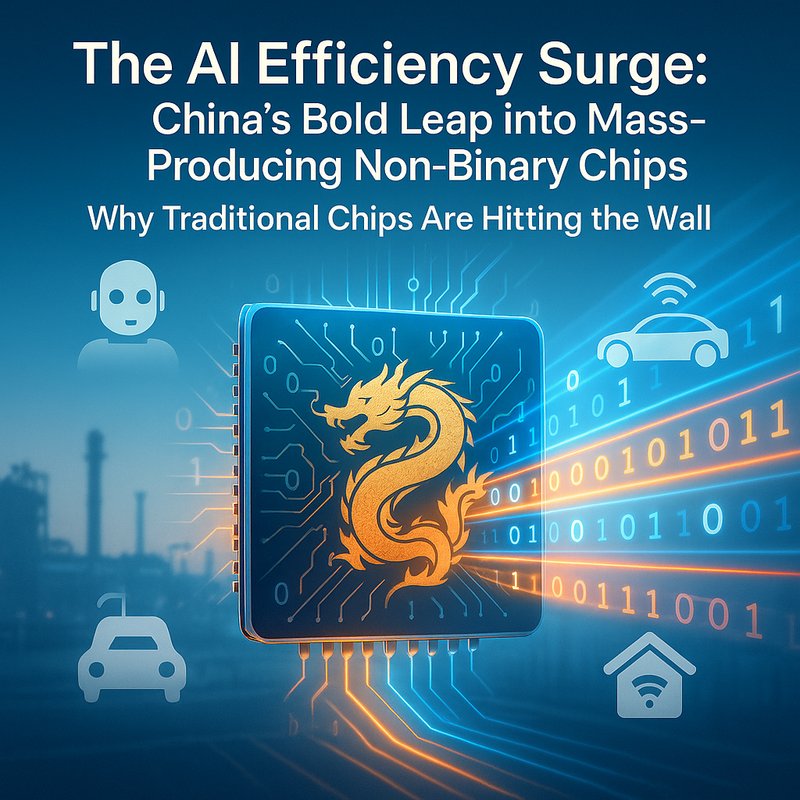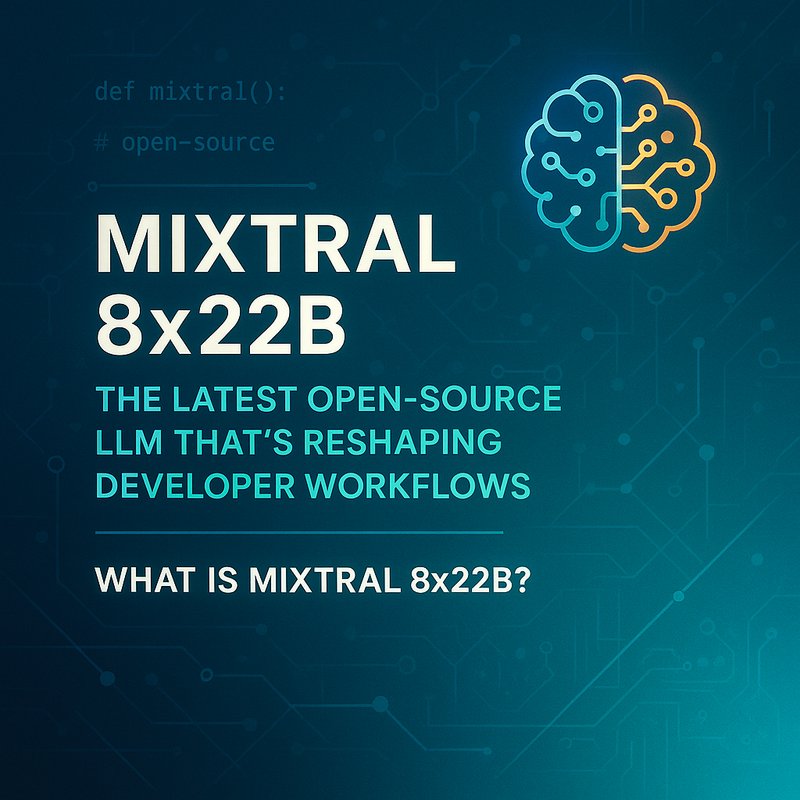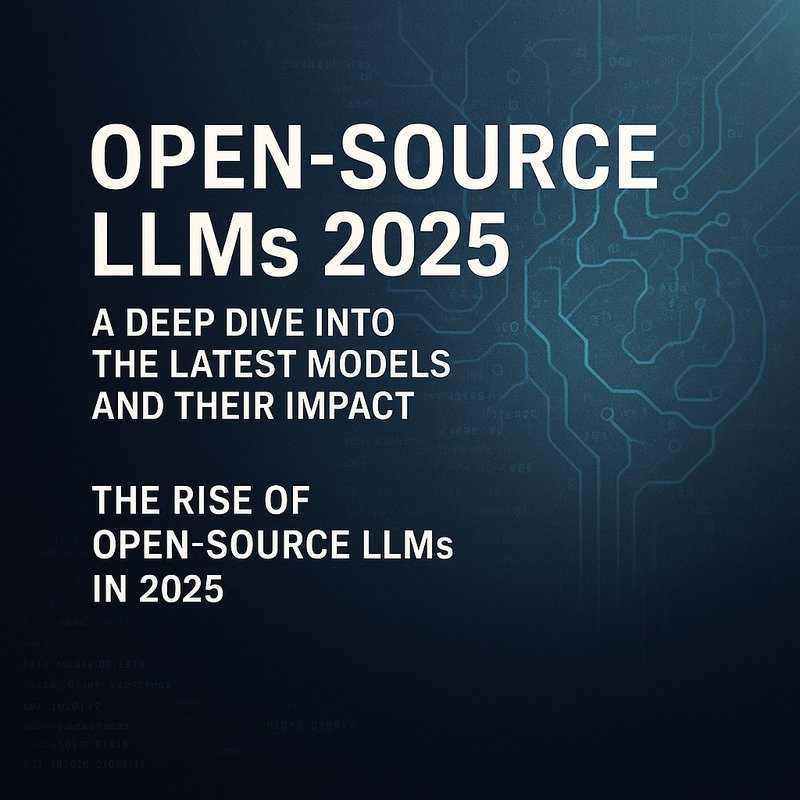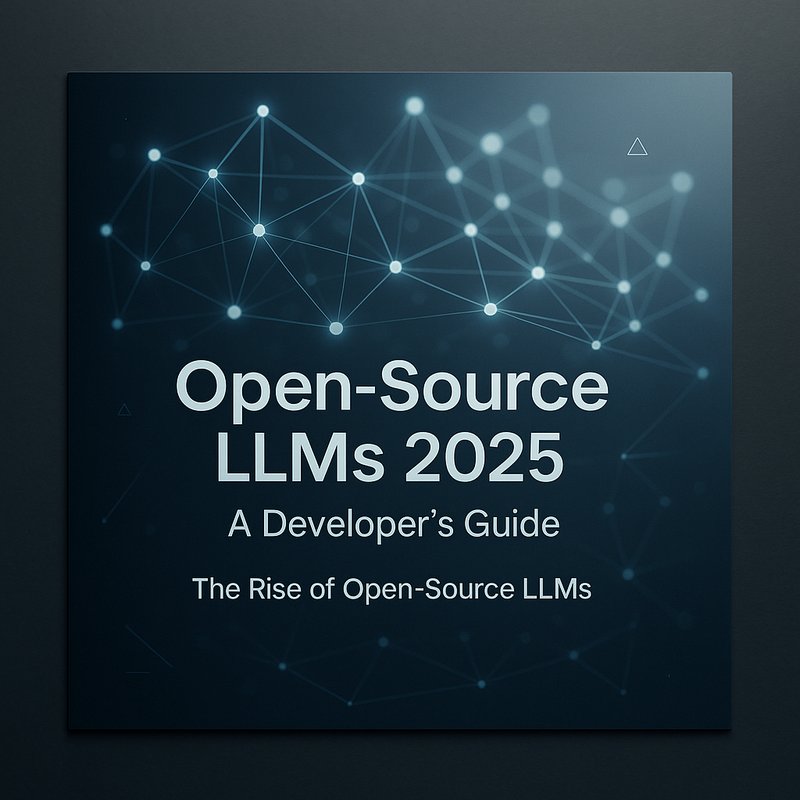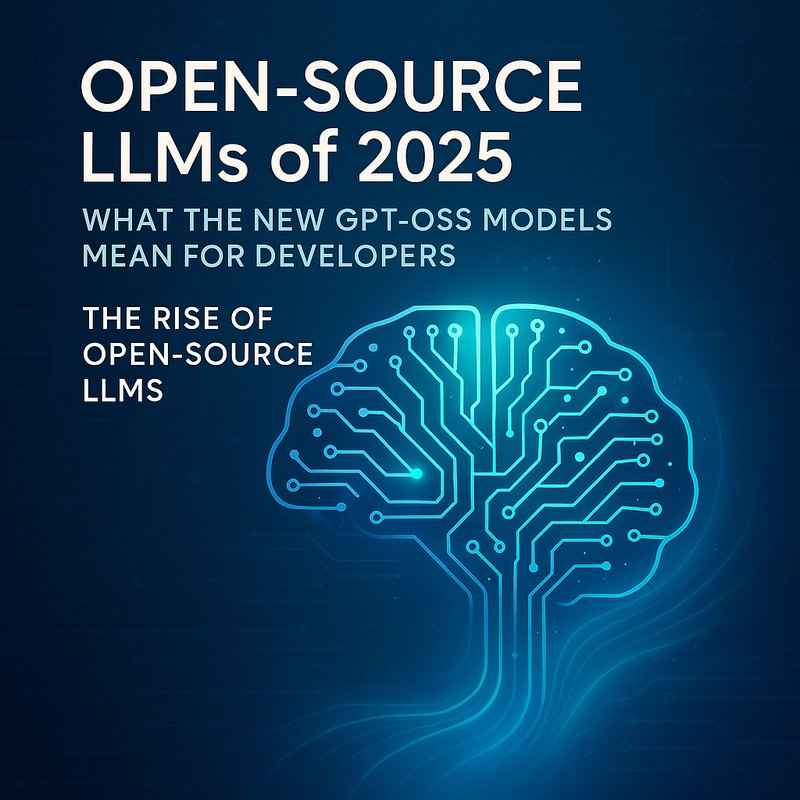Imagine running a marathon in flip-flops. That’s how today’s AI models feel when they rely on standard binary chips—two little states (0 and 1) carrying the weight of massive computations. But what if your shoes could adjust to any terrain, cushioning every step? That’s the promise behind non-binary AI chips. China is racing ahead, betting big that chips handling more than two states will speed up AI, cut energy use and reshape the global tech landscape.
Why Traditional Chips Are Hitting the Wall
For decades, we’ve built computers on silicon that flips between 0 and 1. It’s simple, reliable and it underpins everything from your phone to a supercomputer. But AI workloads—deep learning, natural language processing, vision models—crunch billions of numbers. GPUs and specialized accelerators can help, yet:
• Energy drain: AI training farms guzzle megawatts of power.
• Heat and cost: More transistors mean higher fab costs and cooling bills.
• Speed limits: Parasitic delays and data shuffles slow down massive matrix math.
The bottom line? Engineers keep squeezing performance from binary chips, but gains are inching smaller. Moore’s Law is slowing. That’s why researchers and governments hunt for fresh ideas—from photonic computing to quantum bits. Among these, non-binary chips have leapt into the spotlight.
What Are Non-Binary AI Chips?
Non-binary chips, sometimes called multi-level cell or analog memory chips, let each circuit node hold multiple values instead of just two. Think of a dimmer switch rather than an on/off light. In practice, this can be:
• Phase-Change Memory (PCM): A material flips between crystalline, amorphous and intermediate phases—offering three or more distinct resistances.
• Resistive RAM (ReRAM) with multi-level states: The resistance level in a tiny cell corresponds to multiple bits of data.
• Memristors tuned to analog levels: They remember varying electric charge levels that map to analog weights.
Why does this matter for AI? Deep neural networks multiply and add many numbers in parallel. If weights and activations live on a device that natively supports analog levels, you skip digital conversions, load less data, and cut power.
China’s Grand Strategy
Lately, China’s government and tech giants have invested billions to leapfrog in AI hardware. From the “Made in China 2025” plan to the national AI team launching cutting-edge startups, one focus stands out: non-binary chips at scale.
Government Backing
In early 2025, the Ministry of Industry and Information Technology (MIIT) announced subsidies for firms developing PCM and ReRAM. Provincial grants—especially in Hefei and Shenzhen—funded pilot fabs. Research grants flowed to leading universities like Tsinghua and Peking.
Industry Partnerships
Companies such as Yangtze Memory Technologies Co. (YMTC) and Huawei’s HiSilicon teamed up with institutes like the Chinese Academy of Sciences (CAS). They pooled IP, testing fab lines for multi-bit memory modules. State-owned foundries (SMIC included) began retrofitting existing lines for analog memory wafers.
Export Ambitions
China isn’t just building for local AI giants. Officials aim to export non-binary modules to cloud providers worldwide, from Beijing to Bangalore. By mass-producing these chips, they expect unit costs to fall below $10 per module—making them attractive to startups and small labs.
How Non-Binary Chips Dive into AI Workloads
Let’s walk through a typical AI workload: a transformer model analyzing text.
- Weights storage: On a binary chip, a 16-bit weight takes 16 cells. On a 4-level PCM chip, one cell can store 2 bits, halving footprint.
- Reading and multiplication: Instead of charging each cell and converting to digital, you apply an analog voltage to many cells. Their combined current directly maps to dot-product operations.
- Data movement slashed: Less reading and writing means you spend less energy shifting bits between memory and compute.
- Inference at the edge: Tiny non-binary modules can drop into smartphones or IoT sensors, running voice-assistants with lower latency and tiny batteries.
Researchers at Tsinghua published a demo in Nature Electronics showing inference for a small CNN boosted by 3× in speed and 5× in energy savings on analog memory arrays. These gains add up at scale—far beyond lab prototypes.
Why This Matters to You
You might not be a chip designer, but you will feel the impact:
• Smarter phones: Imagine voice AI that runs entirely offline, without draining your battery.
• Greener data centers: Large-scale AI services will slash electricity bills and carbon footprints.
• Democratized AI: Reduced hardware costs mean small companies can train or run models they couldn’t before.
• New applications: Drones, wearable health monitors and autonomous robots need efficient hardware—non-binary chips could enable them.

In short, faster, cooler and cheaper AI could bloom in every industry.
The Roadblocks Ahead
No path is perfectly smooth:
- Yield and reliability
Multi-level cells require tight control. If a cell drifts between states, accuracy suffers. Fabs need new quality controls. - Software-hardware co-design
AI frameworks (TensorFlow, PyTorch) expect digital operations. They must adapt kernels for analog dot-products and noise handling. - Standardization
With many chipmakers experimenting, formats vary. The industry needs common interfaces and toolchains for non-binary chips. - Integration headaches
Mixing analog memory with digital logic on the same die raises design complexity and thermal concerns.
China’s firms are tackling these with joint labs, open-source toolkits and partnerships with global players (some Imperial-college spin-outs in London, or MIT’s analog computing group).
Where Neura AI Fits In
At Neura AI, we’re always scouting hardware trends that help our RDA Agents run smarter. Imagine our Task Management Agents crunching meeting transcripts with Neura TSB on a lightweight edge device powered by non-binary chips. Or our Image Generation Agents running GPT-like vision models locally on laptops, courtesy of next-gen analog accelerators.
We’re exploring how Neura Router can direct inference tasks to specialized non-binary nodes in the cloud, making real-time research even faster. When these chips hit mass production, our ecosystem of Artifacto, ACE and TSB could tap hardware that shrinks costs and boosts responsiveness—delivering AI assistants that feel almost human in speed.
Global Implications and Competition
China’s sprint into non-binary chips adds heat to the U.S. export controls and trade debates. American foundries and startups (in California and Boston) are also prototyping multi-bit memory, but few have moved to mass production yet. Europe’s research centers explore memristor arrays, but volume remains small.
This hardware arms race could shape who controls the next wave of AI services. Countries able to produce efficient chips at scale will host faster AI clouds, win edge-compute markets and draw AI startups to their ecosystems. Think of non-binary chips as the new oil wells fueling intelligent machines.
Peeking Over the Horizon
What comes next?
• Broader ecosystem: Design tools like Cadence and Synopsys will roll out analog-design suites.
• Hybrid chips: Expect CPU, GPU and non-binary AI cores on the same package, automatically dispatching tasks where they run best.
• Developer frameworks: Libraries in PyTorch or ONNX will gain analog operators, smoothing transitions.
• New AI models: Low-precision and quantized nets may be re-engineered to maximize multi-level states.
China’s scale push could tip the balance. If non-binary modules become as cheap and reliable as DRAM, every datacenter and smartphone could snap them up. AI workloads that once needed racks of servers might run on a single board.
Conclusion
At first glance, a chip that holds more than 0 and 1 may seem a subtle twist. But in AI, subtle shifts compound. China’s bold gamble on mass-producing non-binary AI chips could be the jolt that takes efficiency from incremental to dramatic. Faster inference, lower energy, wider access—this hardware could unlock a new wave of AI products and services.
The catch? It needs manufacturing finesse, software rewrites and global standards. Yet China’s mix of state backing, industrial muscle and research partnerships makes this effort hard to ignore. Whether you’re a developer, business leader or casual tech fan, watch for the first phones and servers boasting multi-level analog accelerators. The next time you ask your AI assistant a question, its chip might be whispering in more than two voices—and that could change everything.
